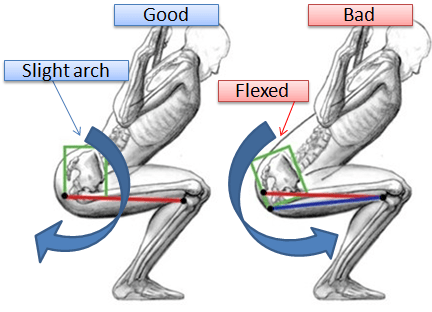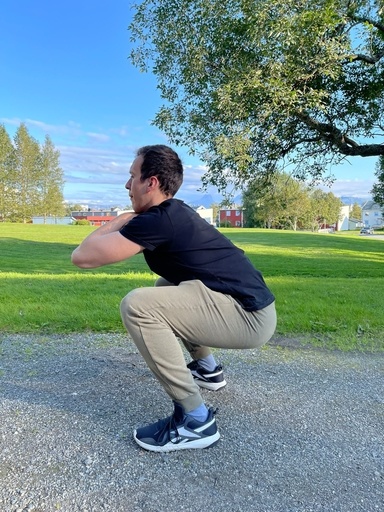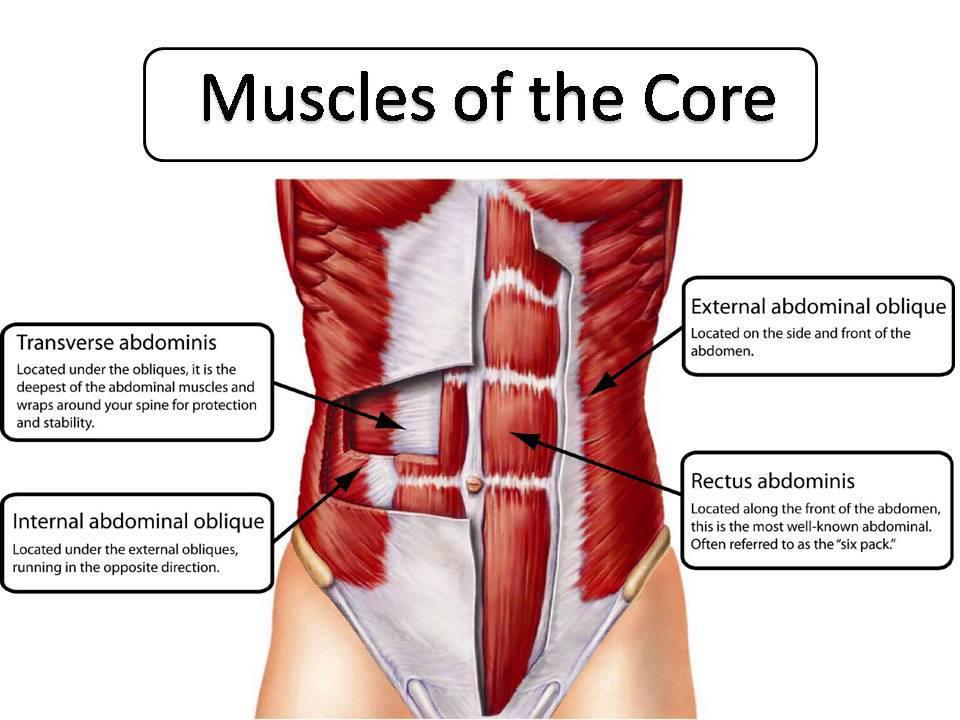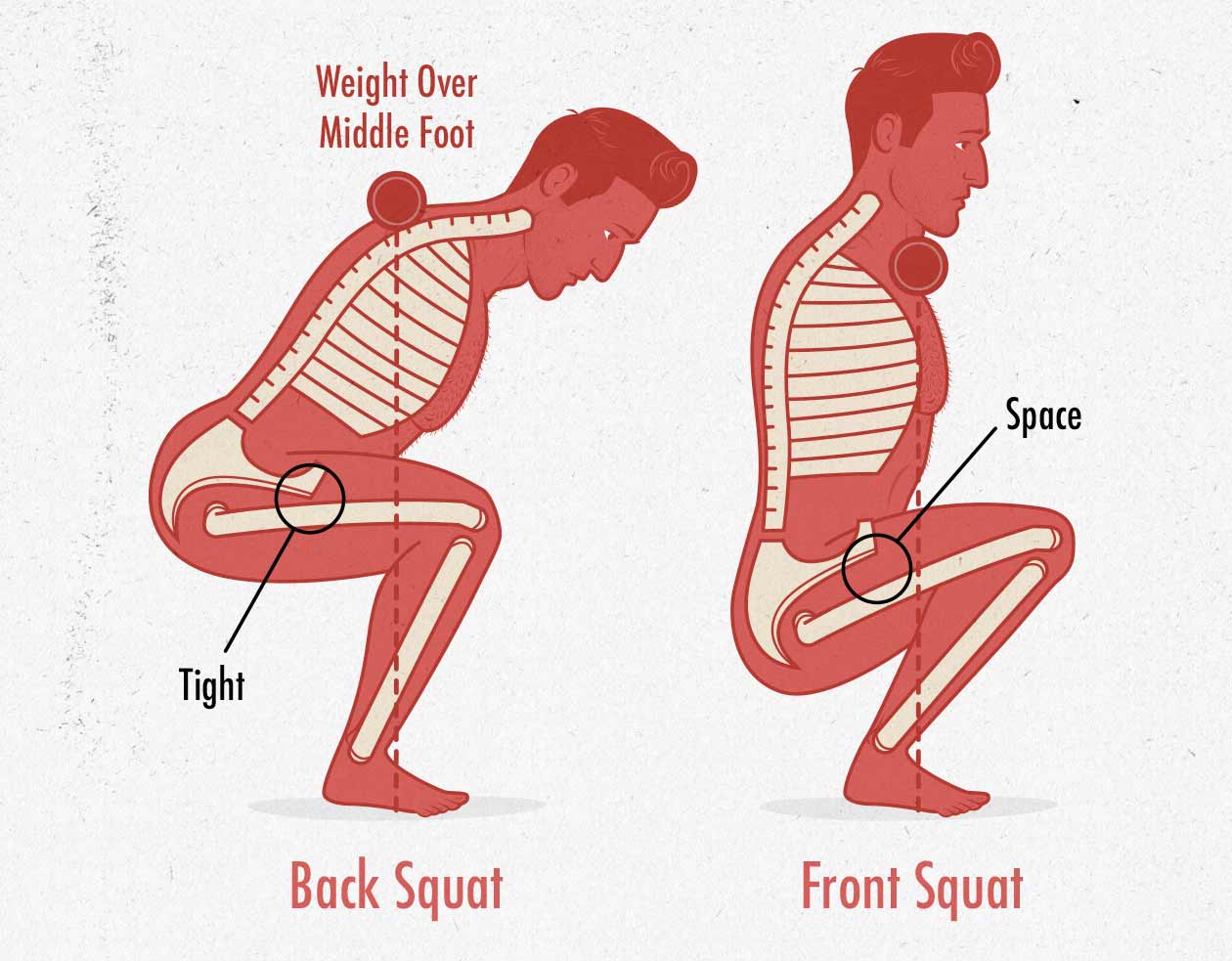Why do Back Hurt After Squats?
Back Pain After Squats
Squatting can be demanding, especially if someone doesn’t have good technique, flexibility or muscle strength. Further squat training can cause few complications with our body, and one of them is back pain.
As a person who likes to train legs with squats and is a physical therapist, I want to explain how squats can cause back pain and how to deal with it.
Squats can cause back pain, both in the upper, middle or lower part. Most common is lower back pain and it is usually a result of improper squatting techniques, such as loss of neutral curve of the spine during the squat movement.
Other factors that may provoke back pain during squats are bar position, reduced mobility and/or stability in joints, inadequate breathing technique.
Where Does Back Hurt with Squatting?
Upper back pain and squats
Even though squatting is the primary exercise for the legs, the upper back can be affected after squatting.
The most common weak spots are the neck area and the area between the shoulder blades. Bar placement plays a huge role in stressing the upper body with squatting.
Middle back pain and squats
Squatting under heavy loads can impact form and cause ‘morning squat position’, which isn’t desirable for middle back muscles.
It puts a lot of pressure on them and can further damage the muscles (muscle strains and spasms).
Lower back pain and squats
The lower back is the first part of the spine that suffers from poor squatting technique.
Because of that, there are the highest chances of experiencing muscle pain in the lower back after squats.
Why Does my Lower Back Hurt After I Squat?
The main reason for back pain after squatting is poor squatting technique. That doesn’t mean it’s the only reason.
Other things can cause back pain after squatting. See the entire list:
- Poor squatting technique/Rounding of the back
- ‘Butt wink’
- Weak knee extensors/m.quadriceps
- Weak core muscles
- Poor ankle mobility
- Poor hip mobility and stability
- Forcing the back squats
- Adding weight to poor squatting form
- Bar placement
- Breathing exercises
Poor squatting technique

Loss of natural curve of the lumbar spine and rounding of the back happens very often when people start with squat training.
People don’t know how much is beneficial to hold the torso upright and combat the loss of the lumbar curve during the squat. That way avoids unnecessary pressure on the lower back and muscle strains.
‘Butt wink’
As seen in the picture below, ‘butt wink’ occurs in a deep squat position. Pelvic goes in posterior tilt and with rising, lower back gets vulnerable. Pressure translates to ligaments and increases the risk of discus damage.

Weak knee extensors m.quadriceps
If squatting becomes too hard and you make a tiny pause in the lifting phase, often are knee extensors too weak for training challenges.
That results in increased lumbar spine extension with putting extra stress on it.
Weak core muscles

For spine to be stable, core muscles need to be strong and provide spine protection during the squat movement. How to know if you have weak core muscles?
Simply. If you can’t control your trunk during the squat, you should consider training core stabilizers before squatting.
Poor ankle mobility
Reduced ankle dorsiflexion will restrict knees from moving forward, and the trunk will compensate with flexing forward. That means only more pressure for the spine and surrounding muscles.
Poor hip mobility and stability
According to physical therapist Gray Cook, your hips should be both stable and mobile. That ensures movement quality and avoidance of knee or lower back injuries.
Forcing the back squats
Doing only back squats puts repetitive stress on the spine and especially the lower back area. If your leg training consists only of back squats, you should consider adding other squat variations.
Adding weight to poor squatting form
If you can’t squat without weight, is it necessary to add weight and decrease the quality of movement even more? Proper squatting form takes time, and you should enjoy the process, not rush into injuries.
Bar placement
When a bar is placed directly on the bone surface or upper neck area, it can irritate skin and cause discomfort after a workout.
How do I Stop Squats Hurting my Back?
Read simple instructions that I use for avoiding back pain with squat training. Here is my routine in order:
- Use a foam roller for the back and legs
- Warm-up gluteal and abdominal muscle group
- Add mobility exercises for hips and ankle
- Place bar just above the shoulder blades (apply for back squat)
- Breath in – hold breath as going down – breath out as you go up
- Maintain torso straight during the squat
- Find the proper squat depth before ‘butt wink’
- Rotate squat variations weekly
- Follow the intensity and volume, and increase only one per week. Intensity: max 5% increase in weights weekly. With 100kg squat in week one, increase the weight to 105kg for the following week.
- Use a lifting belt if needed.
- Use heal lift if needed (when ankle dorsiflexion is greatly reduced)
Massage treatments, acupuncture or fascial stretching therapy is also a good way to ‘reset’ the muscle tension and avoid overtraining injuries.
If you already have back pain caused by squatting, I highly suggest you consult your physical therapist. It is the easiest way to exclude any serious injuries and start with needed treatments.
How to Prevent Back Pain When Squatting?
- Never start squatting heavy without warm-up – Use at least 10-15 min to prepare your body for training. Jogging or riding a bike is an easy way to prepare your body for strength training.
- Always have a training plan and training journal – If you end up with low back pain after squat and doesn’t have a training plan and journal, you would never be able to find the source of the problem.
- Quality before quantity – Learn the ‘perfect’ squatting form first, and then add weights.
- Do at least three squat variations.
- Don’t forget aerobic physical activity – Light physical activity supports strength training and increases the regeneration rate in muscles and joints, which means you recover faster after squatting.
Should I Squat With Lower Back Pain?
Squatting with acute lower back pain is not recommended because the lower back is a complex and sensitive area, and further squatting can damage the spine even more.
Finding out what is causing the pain and relieving it should be a top priority.
Why is Squat Important?
The squat is a basic movement pattern in many sports activities and certain job types. Regardless of your goal with training is to gain muscle weight, lose weight or improve functionality, the squat can help you achieve your goals.
Increase muscle mass
Squats activate few larger muscle groups such as the back and legs, which results in a testosterone boost and increase in muscle mass.
Weight loss
With different squat variations, you can easily create training programs for weight loss. One of the best methods is HIIT (high-intensity interval training), which you can use to `burn` many calories and lose fat tissue.
Functionality
Being able to squat in a good way is beneficial for the function of the lower body because you will train legs in a way that you use them every day.
All activities such as squatting, bending the spine, or going up or downstairs will be easier for you to perform.
Deep Squat
The deep squat is the best way to increase the size and muscle strength of gluteal muscles. On the other hand, this position makes the lower back prone to injuries such as muscle strain.
Because of that, you should be very careful when adding deep squat variations.
I recommend you always check that spine is in the correct position, as well as there is no ‘butt wink’.
Best Squat Variation for Lower Back Pain

The best squat variation that doesn’t stress the lower back is the front squat. With front squats, you need to activate abdominal muscles to maintain an upright torso.
Lifting the heels by about 5cm when squatting will reduce the press on the lower back even more. It will also increase the activation of m.quadriceps.
More Information About Back Health
- Lower back pain after running – Learn the connection between lower back pain and running. I’ve covered common injuries from running and explained why they occurs. You can find a quick guide on how to deal with lower back pain from running also.
- Lower back pain after deadlift – Learn the connection between lower back and deadlift exercises, what are the common back injuries after a deadlift, and what it takes to prevent and relieve the pain. You can read the simple and effective exercise program that helps to relieve muscle tension in the lower back. I apply the same exercises when I go too hard with training!
- Lower back spasm and loss of mobility – Read more about how you can react when dealing with painful spasms in the lower back and restricted mobility. Few exercises included.
- Tight glutes causing lower back pain – How can glutes influence lower back health and what to do in order to reduce the pain/discomfort in the lower back.
- Hip flexors and back pain – How hip flexor muscle group is causing constant pressure in the lower back and few examples of proven exercises for improving the function of the hip flexors.
- Back pain from running on treadmill – How running on treadmill can cause pain and discomfort in the lower back. Learn how to prevent it and exercises that can help you relieve the pain.
